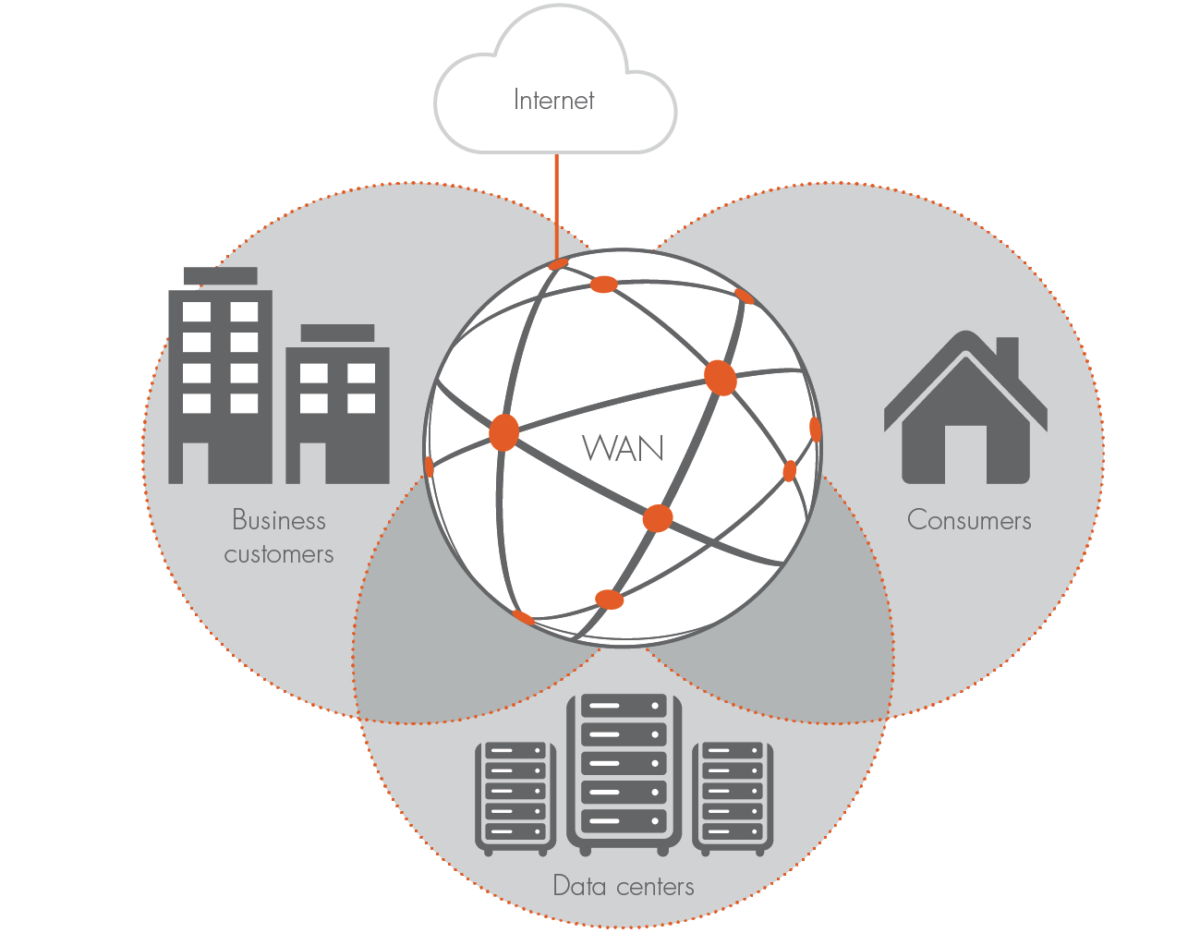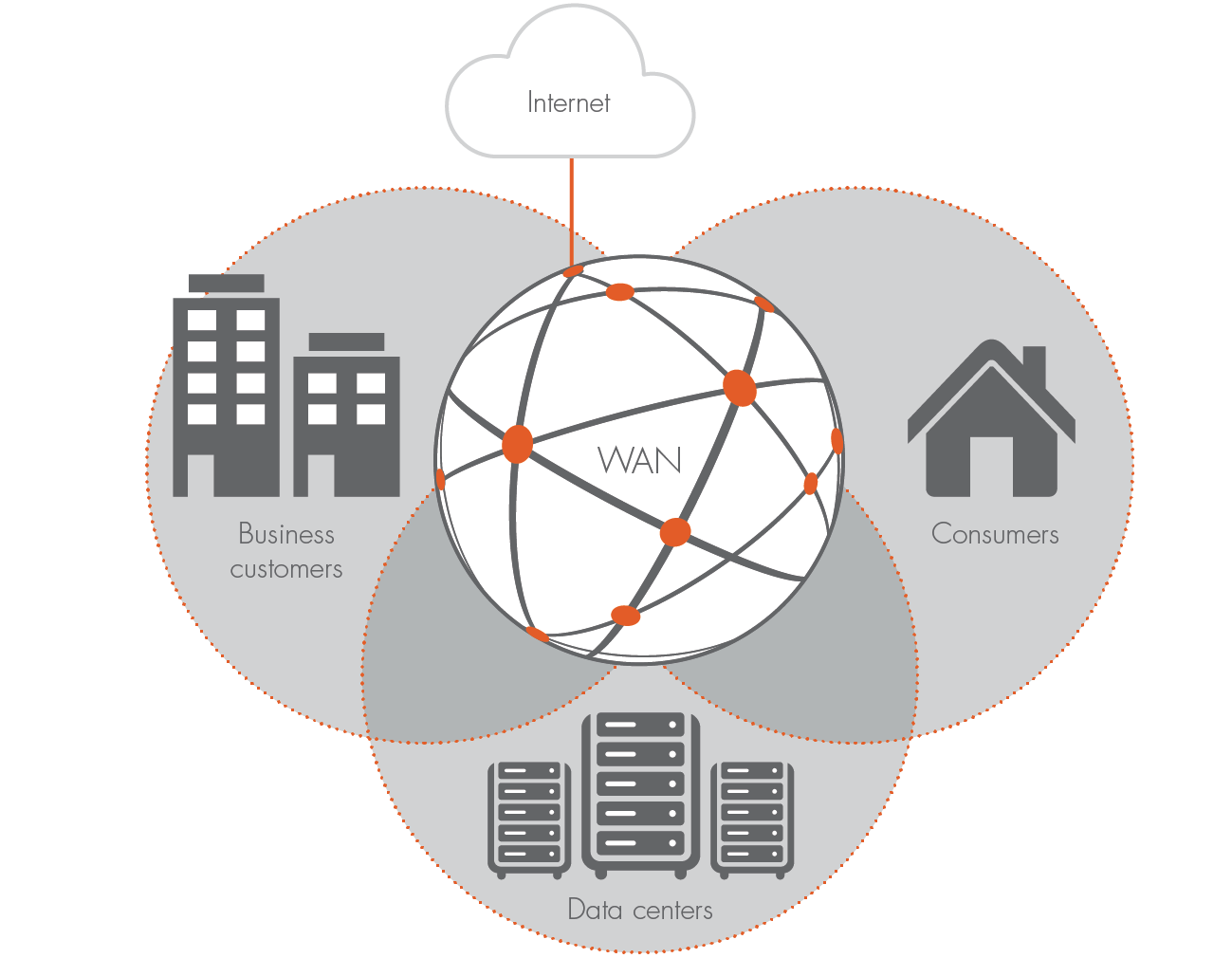Time to Overhaul Your Campus Network

Over the last few years cloud service providers have steadily adopted white-box Ethernet switches and modern, flexible Network Operating Systems into their ecosystems. Mega data center operators, such as Google, Amazon, and Microsoft, have replaced their proprietary gear with white boxes in their production environments. The major benefit of this paradigm shift is significantly reduced CapEx and OpEx, a more reliable environment, and customized traffic flows for efficiency. According to IDC, the worldwide ODM direct Ethernet switch (white box) market was $677 million in 2016 and is expected to exceed $900 million in 2017. That’s a growth rate of 33%, and the trend is accelerating.
The shift in white-box adoption started as early as 2012, but has been limited to data centers for many reasons. Even though Enterprise IT executives are motivated to adopt white-boxes, the migration has been slow and challenging. Essentially, the Enterprise network is distinctly different from data center network in many ways.
- The data center network is usually homogeneous, while the Enterprise network is heterogeneous. Typically, Enterprises require a variety of speeds ranging from 100Mbps to 100Gbps, and run over different cables, including various types of copper and fiber. The increasingly deployed Power over Ethernet (PoE) standards require dedicated switches with beefed-up power. All these heterogeneous requirements, plus the geographic spread of these networks, increase the difficulty of migration.
- The applications running on the Enterprise network are increasingly more diverse and complicated than the data center network. The sprawling Enterprise IT environment spans campus wiring closets, corporate backbones, in-house data centers, and widely distributed access networks spanning broad geographies. Applications are even more diverse. Some applications such as trading require super low latency, while storage requires large fixed bandwidth and reliable transport. With the adoption of IoT, SD-WAN, and new techniques for network security, the network infrastructure needs to adapt to different traffic patterns.
Even with the challenges of Enterprise networking, we are excited to see aggressive adoption of white-box switches in the Enterprise network, with significant acceleration in 2016. White-box hardware vendors, such as Edgecore and Dell, have started to bring attention to Enterprises and have begun producing networking switches optimized for Enterprise IT. The following technologies have been driving the demand for white-box switches:
- PoE: Power Over Ethernet had been a niche market for networking, but the growth of WiFi and IoT has made PoE ubiquitous. PoE is an important requirement for Wi-Fi networks, VOIP phone systems, surveillance cameras, and manufacturing automation. There is great synergy between the OpEx and CapEx savings from white-box networking, and using PoE to eliminate separate power supplies for devices. As more variations of the PoE white boxes come to market, enterprise IT will be able to drive down procurement cost and increase deployment density of these switches.
- NBase-T: Enterprises have huge investments in their CAT 5 and CAT 5e cabling, and the cost of replacing it is prohibitive. Fortunately, with the new NBase-T technology, Enterprise IT can promptly plan the migration from 1G to 2.5G and then to 5G in the next 3-5 years, using existing cables. This provides a migration path to increase the speed of WiFi using the new 802.1ac Wave 2 access points. Again there is synergy in saving OpEx and CapEx by using existing cables at higher speeds together with white box networking.
- SD-WAN: Software Defined Wide Area Networking allows Enterprise IT to leverage the Internet to connect multiple sites economically. With the deployment of SD-WAN, enterprise IT needs to completely review the network QoS and security policies of the extended network. This creates a huge opportunity for Enterprise IT to leverage low-cost, high-speed white-box switches and modern Network Operating Systems to significantly increase the bandwidth and automate the policy management of their network.
- NFV security: Enterprises often want to adopt NFV to increase the flexibility and enhance the security of their network. However, the legacy network exclusively understands only legacy protocols and is immensely rigid in terms of traffic forwarding. The modern NOS understands not only L2/L3 protocols, but also flow based policies running on the white-boxes. Enterprise IT can now leverage modern NFV security for faster deployment and more precise policy settings.
If you are running an Enterprise network, it’s time to plan on your migration path to white-box switching using a modern NOS. We all know the dilemma of Enterprise IT, “do more with less”. White-box networking creates a great opportunity to review your IT spending and overhaul the campus network. If you are interested in learning more about the hardware and software options, drop us a note.

